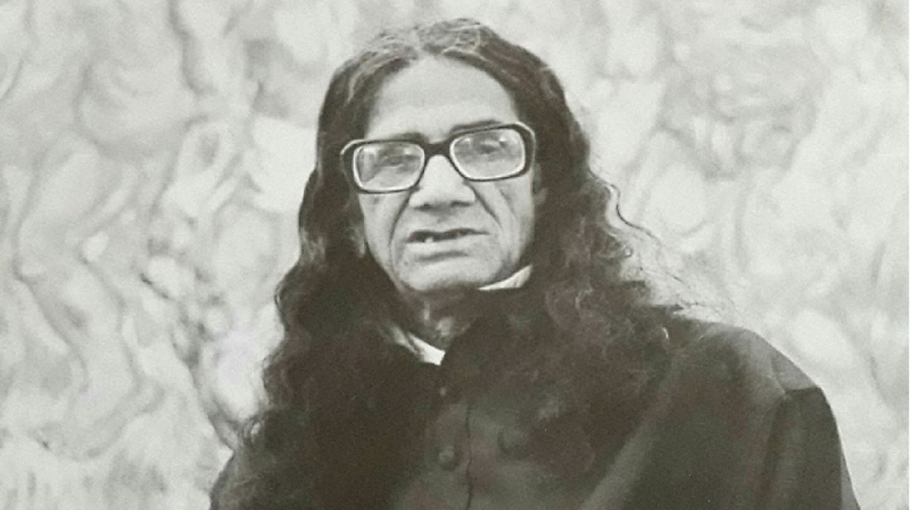In this world, suddenly there are one or two very talented people who
can be selfless. However, greed for wealth and fame cannot be easily ignored. And those who can, they must be great human beings out of the world.
Sheikh Mohammad Sultan is such a recluse, a self-taught artist like Vincent Van Gogh. He participated in numerous exhibitions with many famous artists in famous galleries in America and Europe. But he led a simple life.
Through the Lens of “Adam Surat”
The documentary “Adam Surat” by Tareque Masud highlighted him. There has also been a lot of writing and research about his life. This film not only presented his art to the public but also provided an intimate glimpse into his modest existence and life philosophies.
The Start in the Countryside
He was born on August 10, 1923, into a peasant family in the village of Mosimdia, Narail, in the Jessore district. Perhaps the main theme of his paintings was rural life and peasantry. Using soil and various natural elements, he created paintings with his own hands. His works capture the harsh reality and raw beauty of peasant life, revealing a deep connection with the land.

Sultan’s Artistic Vision
He brought European impressions of modernity to the art of Bangladesh. In his paintings, the peasants were muscular and strong, as they are the driving force of civilization, nourishing us by growing grains. Sultan saw them as the true heroes of society, the pillars on which our collective existence rests.
The whimsical, eccentric artist who escaped the confines of academic teaching received many awards and distinctions such as the Ekushey Padak, Man of Achievement, and Man of Asia. These accolades recognize not only his exceptional artistic talent but also his dedication to portraying rural life with dignity and respect.
The Solitary Genius Beyond Wealth
Lal Mia (SM Sultan), the only child of a poor family, is a solitary artist without higher education, oblivious to the allure of wealth, fame, and everything else. He spent his life loving the land and its people. Once again, he had to endure much ridicule and deprivation from the so-called civil society. His refusal to conform to societal norms earned him criticism, but he remained true to his convictions and his art.
Unconditional Love for Children:
Even after all this, his spirit was as simple as that of a child. He loved children dearly. He established several institutions for them, including “The Children’s Paradise,” so that children from poor families in the village could have a happy childhood.
Exceptional Kindness: Aid for the Poor
His love for the ordinary man knew no bounds. We feel sadness at the thought of giving away one of our drawings as a gift to someone, even selling it. And there, he was distributing his famous paintings among the homeless poor, or to be used as walls or roofs in someone’s house. His altruism transcended usual norms, demonstrating complete detachment from material possessions.

In 1994, the 61-year-old artist passed away on October 10 in Jessore. His death left a void in the art world, but his legacy continues to live on through his works and initiatives. SM Sultan was such an artist, possessing such a personality; At the same time, his education and lifestyle were so diverse that it’s difficult to express them in a few words.
Ahmed Sofa wrote about Sultan:
“Some people are born, who cannot hold the boundaries of birth. But all of them are short-lived I can’t say. Many children of such a strange nature are born into the world, to break the bonds of birth, those who have a natural longing. … Sheikh Muhammad Sultan he is lucky, he is lucky again cursed with the curse of misfortune .”
https://www.thedailystar.net/my-heart-doesnt-desire-to-speak-on-sultan-45058
Sultan remains an iconic figure, a symbol of struggle and resilience. His legacy is a powerful reminder of what it means to live a life of service, simplicity, and artistic commitment. His works continue to inspire and captivate, telling the stories of those who are often forgotten by society.


Leave a Reply